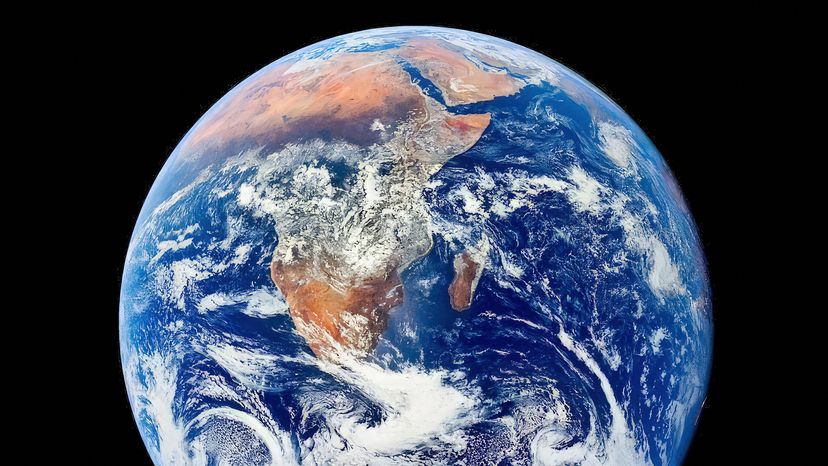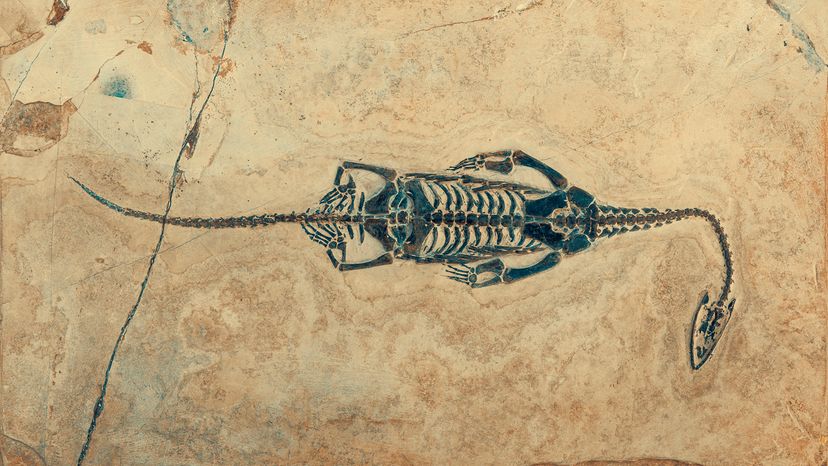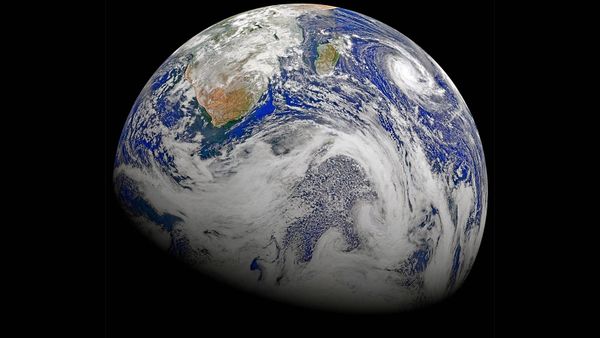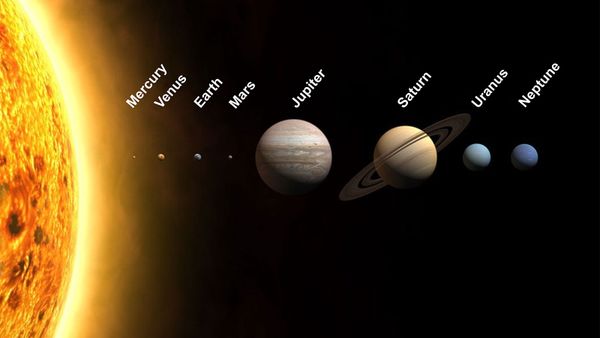In the early 1950s, a California Institute of Technology geochemist named Clair C. Patterson, who had worked on the Manhattan Project to develop the atomic bomb during World War II, measured the isotopic composition of lead from the Canyon Diablo meteorite and several other pieces of space rock, which were believed to date back to the disc of material from which Earth also formed. In 1953, Patterson came up with an estimate of 4.5 billion years. Since then, research on meteorites and lunar rocks has refined that number only slightly.
Although Patterson's breakthrough made him famous in the world of science, he didn't see it as a big deal. At the time, "No one cared about it," he recalled in an oral history interview conducted shortly before his death in 1995. "Even today, people don't care how old the earth is. In fact, less today than 40 years ago, when I measured it."





